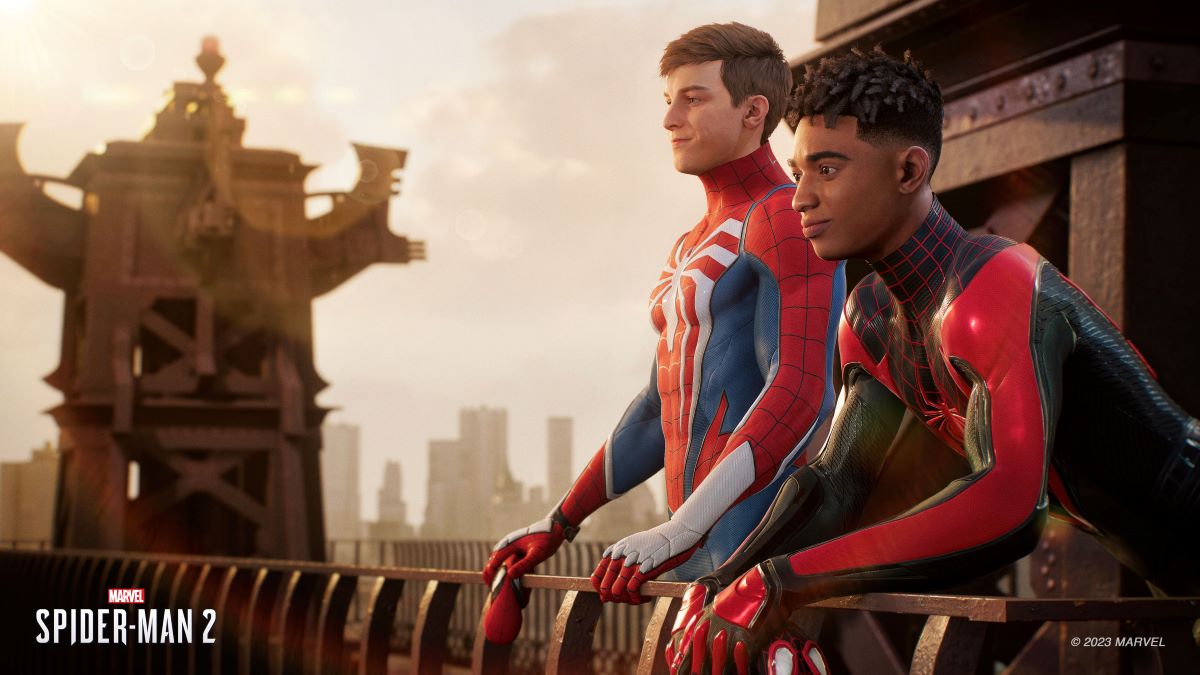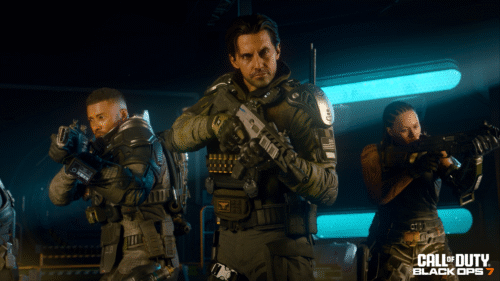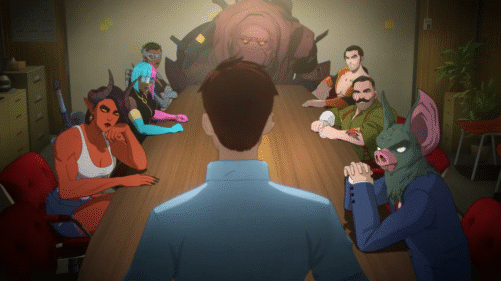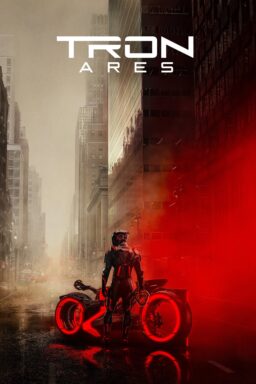It’s a really good time to be a Spider-Man fan. The two best superhero entertainment properties of the year, by quite a large margin, are “Spider-Man: Across the Spider-Verse” and now “Spider-Man 2,” the long-awaited Sony PlayStation exclusive that serves as both a sequel to 2018’s “Spider-Man” and 2020’s “Spider-Man: Miles Morales.” The developers at Insomniac Games have merged the gameplay from both titles for a bigger and bolder sequel, an expansive narrative that allows both Peter Parker and Miles Morales their own parallel narrative tracks before crashing them into each other to save the day. It’s a ridiculously fun game that merges generations of Spider-Man mythology, blending elements from the early iterations of the web-slinging hero through imagery inspired by the recent Sony animated hit. There’s an ingenuity to the very construction of “Spider-Man 2,” an open-world game that allows for an insane amount of customization—dozens of outfits for both heroes, for example—but also maintains a strong authorial hand in storytelling. Open-world games often sag when it comes to narrative, but “Spider-Man 2” gains power as its main missions unfold, telling a story of struggle and eventual victory that almost feels like a pandemic allegory in the way it attacks a society-shifting villain and then deals with the repercussions after it’s been vanquished. This is a deceptively smart game that never forgets to be goofy and fun simultaneously, and that’s quite an accomplishment.
It’s been less than a year since the action of “Miles Morales,” and I’ll admit that the opening couple hours of “Spider-Man 2” are its weakest in that they are overstuffed with tutorials to re-learn all the complex mechanics for not one but two superheroes. While Peter (Yuri Lowenthal) and Miles (Nadji Jeter) have similar combat mechanics, they have different actual powers—Miles is based more on electricity while Peter gets the web/spider action—and the first couple hours are cluttered with characters and new abilities to master. The world of this game is bigger than ever, which is great for people who just swing or glide their way through its streets—my 10-year-old plays these games pretty much just to feel like Spider-Man swinging around a city—but it can be overwhelming, and I was concerned in the first couple hours that more wouldn’t be better for “Spider-Man 2.” Many sequels to open-world games lose focus by trying to do too much, but “Spider-Man 2” settles in very nicely after its first couple of hours. My original suspicion that the developers were just emptying their bag of tricks—giving gamers all the powers and toys to play with for the run of the game—proved unfounded, though, as this game has some remarkable twists and turns in terms of gameplay throughout its playtime and settles in nicely in terms of balancing storytelling momentum and gamer freedom.

As for the story of “Spider-Man 2,” here’s where a review gets a little tricky as a lot of the best narrative elements of this game unfold deep enough into it that it would be rude to spoil. The game opens with an incredible dual fight sequence with Sandman, who doesn’t return as a major villain but whose minions play a role in little mini-missions that can be played throughout the massive environment of New York City—which now includes Brooklyn and Queens, believe it or not. After vanquishing Spider-Man, Miles and Peter kind of go their own way, and the gamer can switch back and forth between their stories as they choose. The writing cleverly intertwines them in certain places while also allowing both protagonists to be the heroes of this tale. For example, the first half of Peter’s narrative leans heavily on his relationship with Harry Osborn (Graham Phillips) while Miles helps people around the city before crossing paths with Martin Li, aka Mister Negative (Stephen Oyoung). The writers cleverly weave several villain arcs together but focus mostly on Kraven the Hunter (Jim Pirri) and, eventually, Venom (Tony Todd!), who becomes the centerpiece of the last third of the game. Friendly characters like MJ (Laura Bailey) and Ganke (Griffin Puatu) return, and the game drops in some famous folk between hero and villain like Wraith and Black Cat. It’s a phenomenal array of Spidey heroes and villains.
Of course, like the first two games, “Spider-Man 2” features a lot of combat. Most missions involve waves of bad guys who can be taken out with hits, dodges, and special moves. Each hero has four special moves linked to the left triggers and four gadgets linked to the right. Again, it feels like too much to master at first, but the game is shockingly well-designed in that it’s not long before you’re easily sliding through combos that use all the tricks at your disposal. By the final act, which includes several incredible boss fights in a row, the combat feels completely fluid, giving the gamer a great sense of power. And it’s not the same power throughout as each character shifts to gain new abilities as the story dictates it. Other than what felt like a random design glitch now and then regarding using my web to swing into an enemy and just somehow not getting it right, the combat here is remarkable. It’s some of the best I’ve ever seen in a superhero game.

While most of “Spider-Man 2” is about using powers on hapless bad guys, many side missions break up the monotony of the gameplay, such as chasing drones through the New York City skyline or searching environments for clues by Prowler. It’s a game with a dozen or so hours of optional stuff, the collectibles, and side missions that can enhance the experience for completists but can just as easily be ignored by anyone who’s only there for the big story. Some have complained about a perceived short length of “Spider-Man 2”—game length is still a major conversation when people are dropping $70 on a title—but I took around 25 hours to complete the story with a healthy dose of side missions and NYC exploration, and I would bet I have 5-6 hours left of optional material.
Of course, I’ve always argued that it’s quality over quantity. No one wants a long game that’s boring and repetitive, and what makes “Spider-Man 2” special is how much the developers give to their fan base. This is a game made for people who love “Spider-Man.” It’s rich with the mythology of these characters and unfolds with an addictive gameplay style that puts the player in the action instead of making it feel like it’s just happening in front of them. The big set pieces in this game, especially one at a carnival and an incredible late-game one with Venom are among the best in superhero game history. While a lot of superhero culture seems to be suffering from the weight of expectation and a glut of content, Spider-Man is thriving. Let’s hope the developers keep that up in the inevitable next game in this series. They’ve set a high standard now. After all, with a great sequel comes great responsibility.
The publisher provided a review copy of this title. It releases exclusively for the PS5 on October 20th. Note: There’s also a cool Limited Edition Spider-Man 2 Bundle for anyone really committed to the cause or in need of a whole machine (and cool controller) to go with their game.












